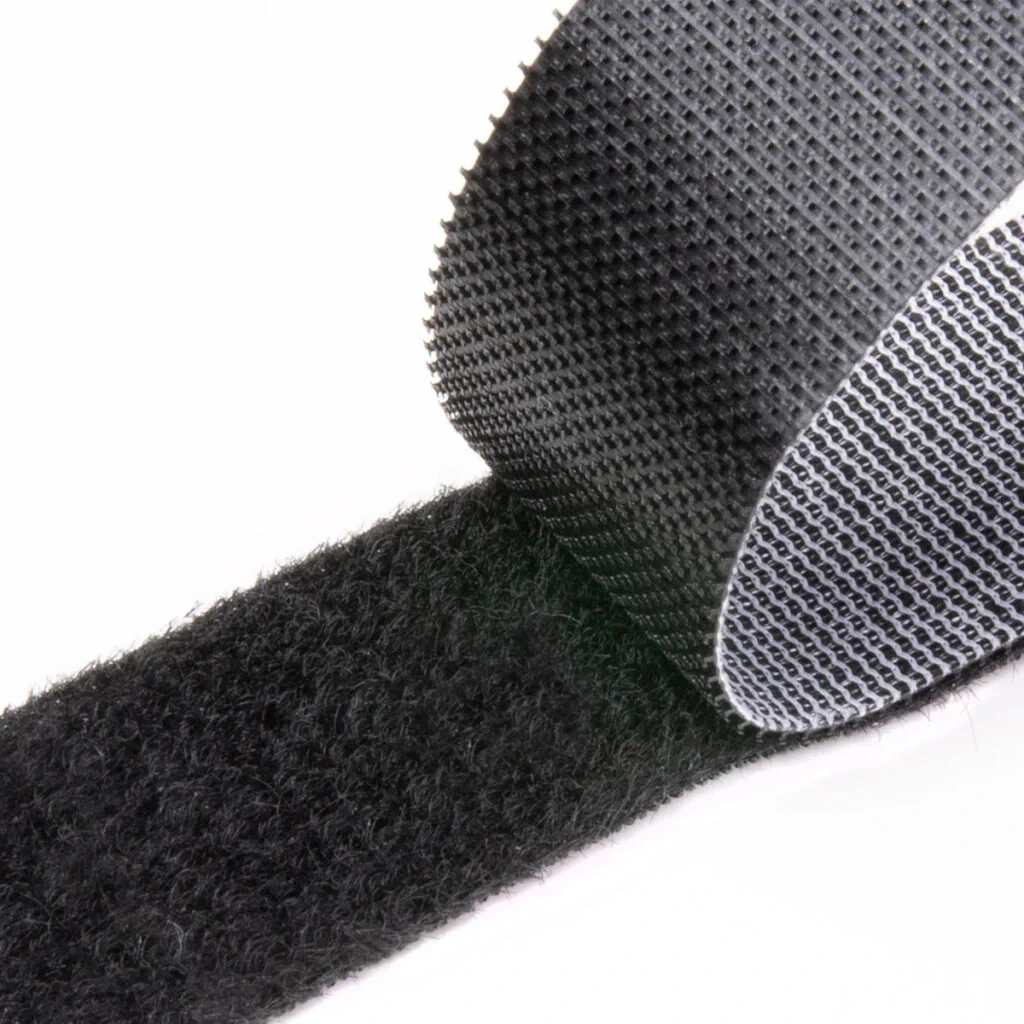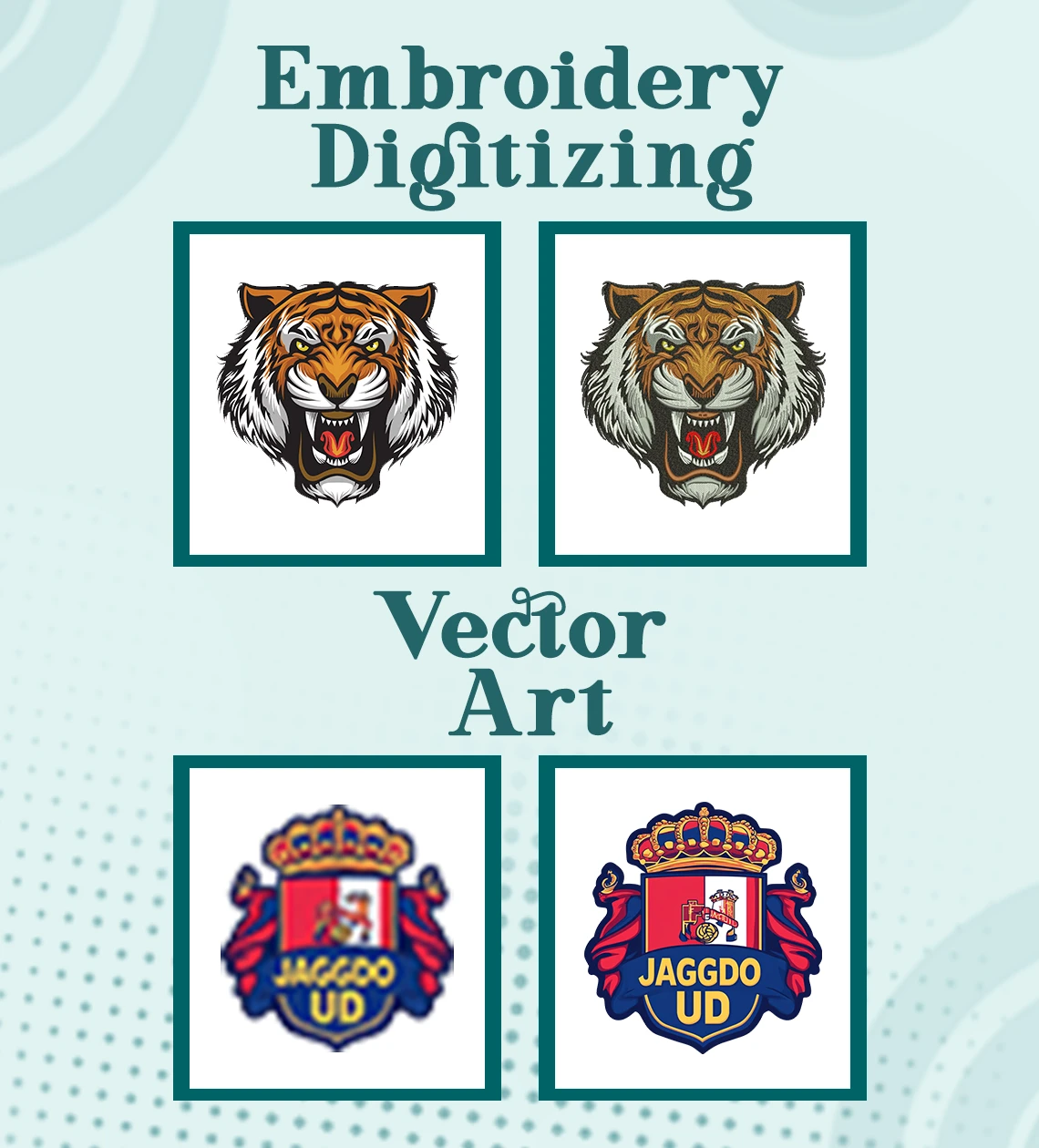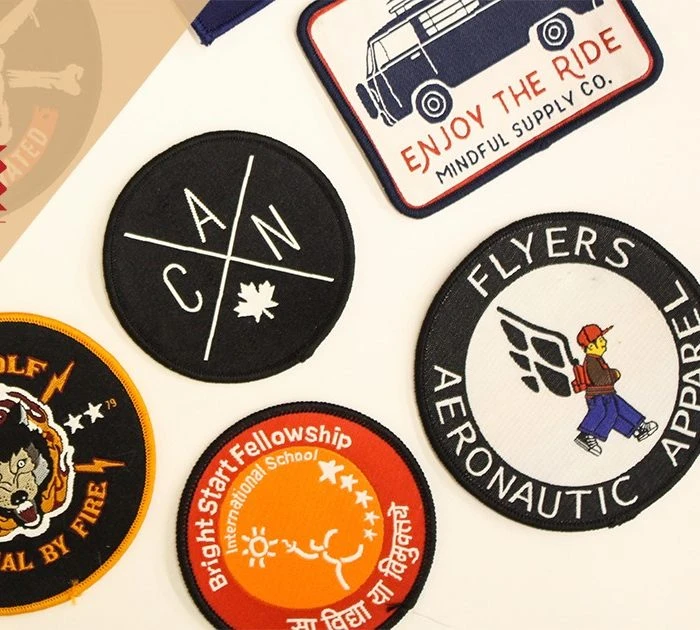

Velcro, referred to as hook-and-loop tape, is a fastening system invented in the 1940s by a Swiss engineer who saw how burrs adhered to his dog's fur. He invented a system with two components, small hooks on one side and a soft looping surface on the other. When pressed together, the hooks and loops interlock, giving you a secure bond. This versatile fastener is now widely used in fashion, fabric, and sports uniforms. Velcro is good for patches because it is reusable, adaptable, and strong enough to secure patches in place while allowing for easy removal.
Making custom Velcro patches is easier than you think. Here’s a simple process to guide you:
Start with a design that will look good embroidered. The patch's shape must match its usage, whether round, rectangular, or custom-shaped for logos or elaborate designs.
Digitize your design: to create embroidered patches, you need to digitize the design. This is an essential step in converting the image into a stitch file that an embroidery machine can understand.
Embroider the Patch: Using an embroidery machine, stitch the design onto fabric. Felt and twill are good choices for patches because they are both durable and provide a neat look.
Attach the Velcro Backing: After completing the embroidery, cut the patch to shape and attach the Velcro to the back. You will need both the hook and loop sides. One for the patch and the other for the item you will attach it to.
At True Digitizing, we offer quick turnaround times, guaranteed quality, and the option to preview your design before making a payment. We ensure you get exactly what you need. We are committed to delivering the best results every time. What are you waiting for? Contact True Digitizing today and experience the difference in quality and service.

Adding Velcro to a patch is a simple process, but it requires some attention to ensure durability. This is how you do it:
Start by cutting a piece of Velcro to match the size and shape of your patch. Remember that you'll need both the hook side (often attached to the patch) and the loop side (attached to the material's surface).
Sewing is one of the most durable ways to attach Velcro to patches. To get a solid and tight attachment, stitch the Velcro directly onto the opposite side of the patch with a sewing machine and a strong needle.
To learn more about how to embroider with a sewing machine? click here.
If you are looking for a no-sew option, fabric glue works well. Simply apply a thin layer on the Velcro's back and press it onto the patch. Make sure it's perfectly aligned and allow it to dry completely before using.

Not every Velcro patch is the same. Here are a few popular types:
Standard Velcro patches: They have a simple hook-and-loop backing that allows for easy attachment and removal.
3D Puff Embroidered Velcro Patches: 3D puff embroidery works beautifully with Velcro to create a raised, dimensional look. It gives the patch texture and dimension, making it stand out.
PVC Velcro Patches: These patches are created from a rubber-like material that is highly resilient. They are good for outdoor usage and military-style applications.
Hook and Loop Patches: Some designs incorporate both Velcro sides as part of the patch, making it adjustable or customized.
Velcro works on patches as a fast, removable fastener. The hook side attaches to the patch, while the loop side is stitched to the clothes or accessories. This allows you to simply add and remove the patch as needed without damaging the cloth underneath. Velcro is especially popular for patches on uniforms, headgear, and bags because it is long-lasting, repositioning, and resistant to repeated usage.
Sewing creates a solid, long-lasting attachment that does not peel over time. Use a sewing machine if feasible, as Velcro's hard material might be difficult to hand-stitch. To get a smooth finish, use a strong needle and thread that matches the Velcro color. If stitching isn’t an option, fabric glue is.
If you don't have a sewing machine, you can attach Velcro to fabric by:
Hand-Sewing: Using a strong needle, sew small, close stitches around the Velcro's edges.
Fabric Glue: Apply a thin layer of fabric glue on the Velcro and press it to the cloth, keeping it securely in place until dry.
Iron-On Velcro: Follow the brand's instructions, which often involve pressing the Velcro down with a hot iron for a few seconds.
Fabric glue is the best option for creating a strong and long-lasting bond. Look for fabric-specific adhesives that work well with Velcro, such as E6000 or Aleene's Fabric Fusion. Apply a thin layer of adhesive on the Velcro, press it onto the cloth, and let it dry for the specified time. Avoid using hot glue because it usually tends to hold up over time.
Adding Velcro to embroidered patches makes them flexible, reusable, and adaptable to an extensive range of surfaces. With options for sewing, gluing, or using iron-on Velcro, you can customize your design to what tools you have. Velcro is both flexible and durable, making it perfect for creating unique patches for uniforms, luggage, and fashion items. Start exploring with Velcro-backed patches.
Nick William has been immersed in the world of embroidery digitizing for over 20 years, earning 25 industry awards throughout his career. As a 3rd generation embroidery expert, Nick’s journey started in his family’s workshop, where he learned the art of digitizing before the rise of modern software. He has worked with leading commercial embroidery businesses and has shared his expertise with over 75,000 home and professional embroiderers. As an author at True Digitizing, Nick is passionate about teaching others how to create beautiful, precise designs through easy-to-follow tutorials and expert advice.
Categories

How To Create A Vector File: Step-by-Step Guide
15-04-2025

What Is A Vector File? Everything You Need To Know
14-04-2025

Best Janome Embroidery Machines You Need to Check Out in 2025
11-04-2025

Custom Embroidery Digitized Designs For Hoodie Lovers
10-04-2025

Best Embroidery Patches For Your Clothes
10-04-2025

Professional Online Photo Digitizing Services Provided by True Digitizing
09-04-2025

Best Babylock Embroidery Machines For You
09-04-2025

Barudan Embroidery Machines: From Beginners to Professionals
04-04-2025

Custom Sweatshirt Embroidery Digitized Designs By True Digitizing
03-04-2025

Why Brother Embroidery Machines are the Best Choice for Embroiderers?
27-03-2025